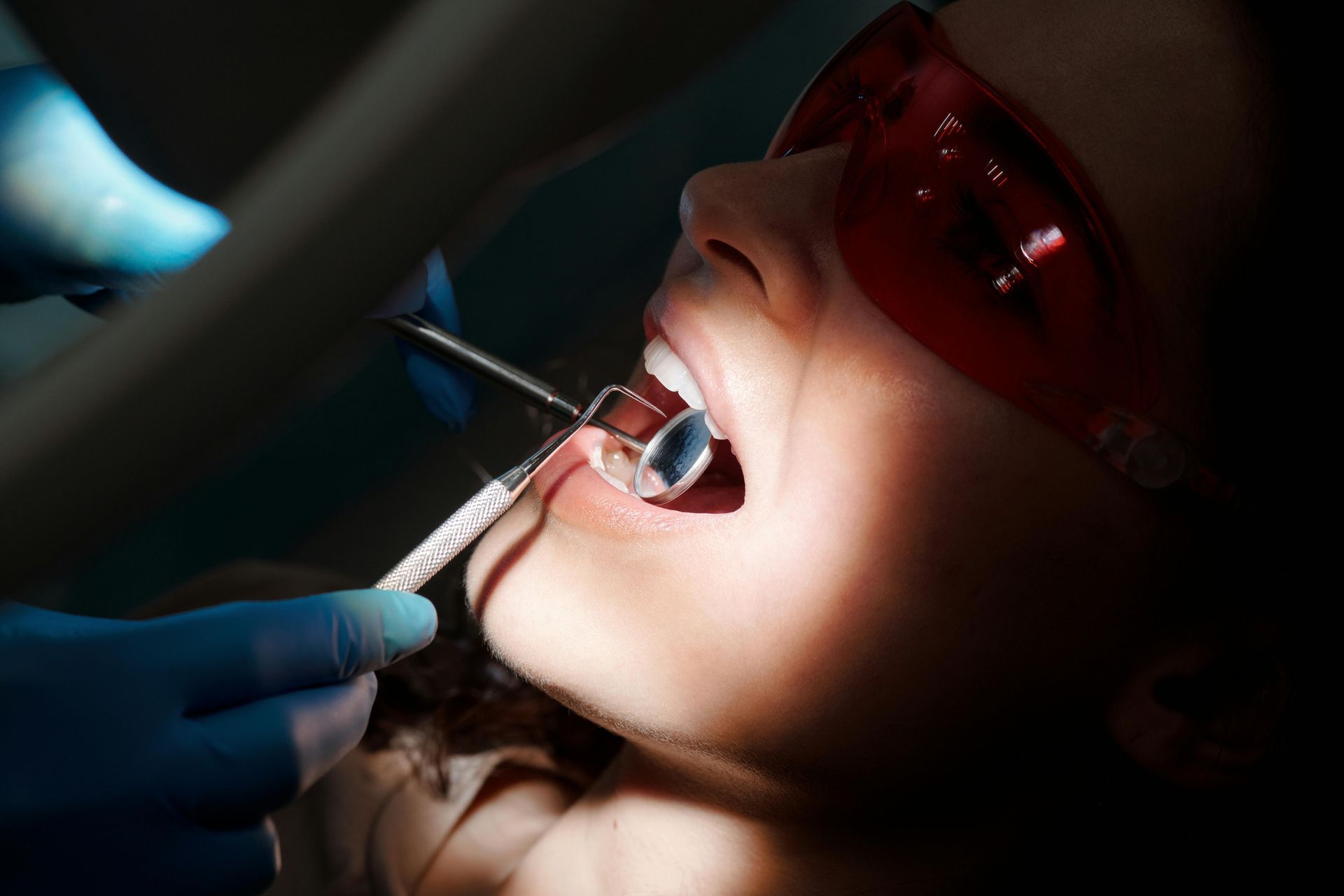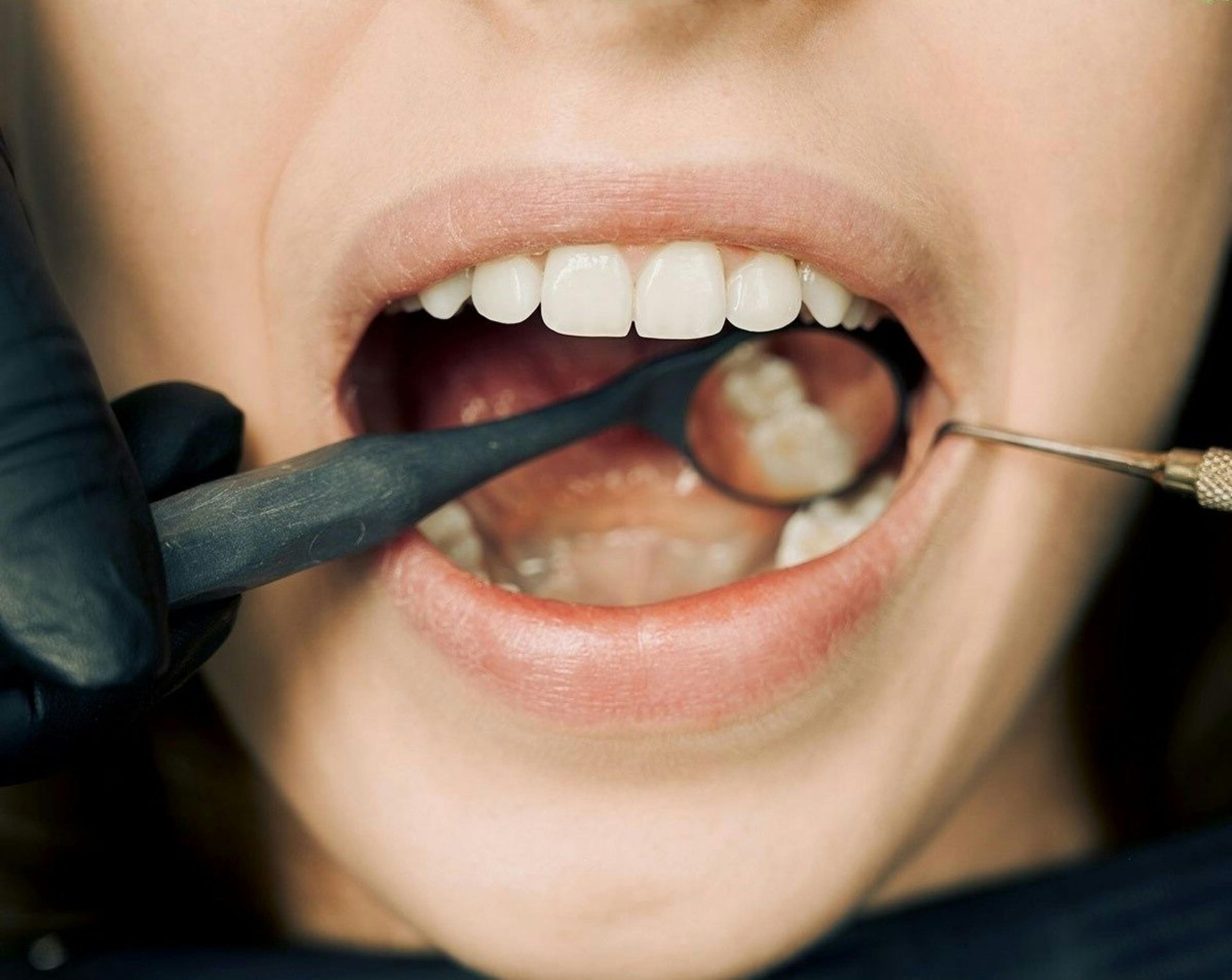By Ron Bernas
•
August 20, 2025
Sorry to say, but summer is almost officially over. Long, lazy days at the beach or picnicking are coming to an end and school schedules are starting up for many people. In the spirit of new beginnings, here's a brief back-to-school lesson on oral health myths we at Huszti Dental Care hear all the time. 1: Brushing harder gets teeth cleaner: Nope. Brushing aggressively might make it feel like you are doing a good thing, but in general firm and gentle wins the race. Use a soft-bristle toothbrush, unless one of our team suggests the need for a stronger bristle brush. Harsh brushing can be detrimental to enamel and, especially, the gums, which can get worn down and recede. Those two conditions bring their own sets of problems. So be nice to your teeth. Slow and thorough beats rough and fast every time. 2: Baby teeth don't need much care, since they are going to fall out anyway. This is another dangerous myth. Healthy baby teeth mean healthy adult teeth. In fact, the healthier the baby teeth, the healthier the adult teeth are when they start coming in. Also, starting children on a good oral health care routine early means they will be more likely to carry it on as they grow. 3: If your teeth aren't bothering you there's no need to go to the dentist. Yes, some people believe this and it couldn't be farther from the truth. Many dental issues don't cause pain in the early stages, which is when treatment is most effective. So taking care of these things early will prevent pain later. It also prevents more invasive treatments. And pain. And who wants pain? 4: A dentist or hygienist can't tell if you haven't been brushing properly. This is one of the most believed myths. People around the world step up their brushing the day or two before a dental visit. They may even break out that floss they swore they would use daily after that last checkup. This is simply not true. We can see your puffy, tended gums which tells us you haven't been flossing, and the amount of tartar buildup shows you haven't been brushing. You are not fooling anyone but yourself. 5: Chewing gum is a good substitute for brushing. Well, not really. Chewing gum — sugar free gum — can have some health benefits, including addressing bad breath, but it is not a solid substitute for brushing. Sure it gets the saliva flowing, and may even be a sensible substitute for when you have a craving for something sweet, but it does not remove food particles or plaque from teeth. We hope this helps put a few myths to rest. And remember: Don't get oral health advice from social media. Come to Huszti Dental Care, we are professionals and we will answer any questions you may have about oral hygiene based on our many years of experience and decades of science and research. Happy brushing!


